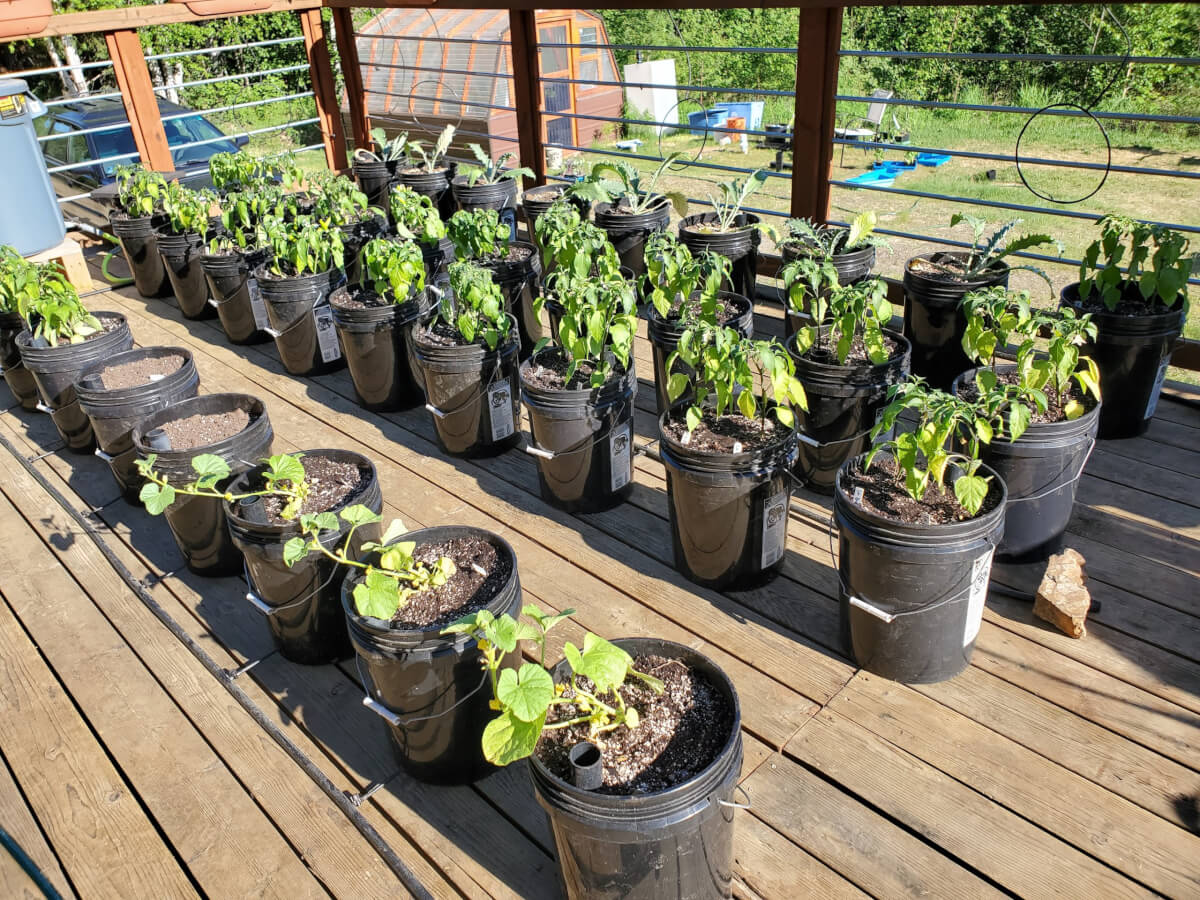Grow Potatoes In Containers?
Okay. Yes and no. Regarding companion planting, it is OK to place them next to one another. There will be no physical or biological discomfort between them. Potatoes can be challenging to grow in pots, though. The small area may limit their growth and yield, necessitating careful monitoring of the soil's moisture and nutritional levels. Furthermore, potatoes grown in containers can be more vulnerable to illnesses and pests than potatoes cultivated in the open.
You may grow potatoes in a whiskey barrel or any other large container. Layer the potatoes, use light soil, and maintain even soil. To avoid waterlogging and root rot, make sure the container you select has adequate drainage. To prevent over- or under-watering, regularly assess the soil's moisture content and modify your watering schedule accordingly. To guarantee a healthy crop, you should also think about employing organic pest management techniques and frequently checking the plants for indications of illness or pests.
How To Grow Potatoes Inside A Container
Select and purchase your seed potatoes from a garden center or store. There are many types of seed potatoes available, so think about the kind you want to cultivate and its particular needs before planting. It's crucial to examine the seed potatoes to make sure they are firm and devoid of any damage or indications of disease. Place your potatoes in an egg box in a light-filled, cool area to develop buds.
For proper growth, potatoes require six hours of sunlight. They need well-drained soil to flourish, so choosing a container or planting spot with enough drainage is crucial. Furthermore, constant irrigation is essential to maintain a continuously moist but not soggy soil because too much moisture might cause the potatoes to rot.
Soil Preparation
Start by using potting soil. Add a little amount of organic or all-purpose fertilizer to the mixture. This will supply nutrients to the developing potatoes. Carefully place each seed potato piece 4 inches into the container, making sure the eyes or buds face upward. Make sure the seed potatoes are fully covered by adding a final layer of 5–10 cm of your soil mixture. To shield the seed potatoes from the sun and encourage even growth, cover them with a covering of straw that is roughly 6 inches deep. Give the container a good watering and set it in a bright area where it will get at least six hours of sunlight each day.
That's it. Each day and until harvesting your potatoes keep the soil damp but not soggy.
Best Potting Mix For Container Gardens
Growing Your Own Vegetables In Containers
Growing tomatoes in Containers
What To Know About Container Gardening
Links:
Potato trial: Containers vs. garden beds
Grow Potatoes in Pots and Grow Bags: Seven Easy Steps
What is the best way to grow potatoes in containers?
Grow Potatoes in Pots and Grow Bags: Seven Easy Steps
How to Plant Seed Potatoes in the Ground, in Pots, & in Straw
How to Grow Potatoes in Containers

:max_bytes(150000):strip_icc()/diy-hydroponic-systems-5093454-hero-e47eb8c4d31146ea90b44c18b7345807.jpg)